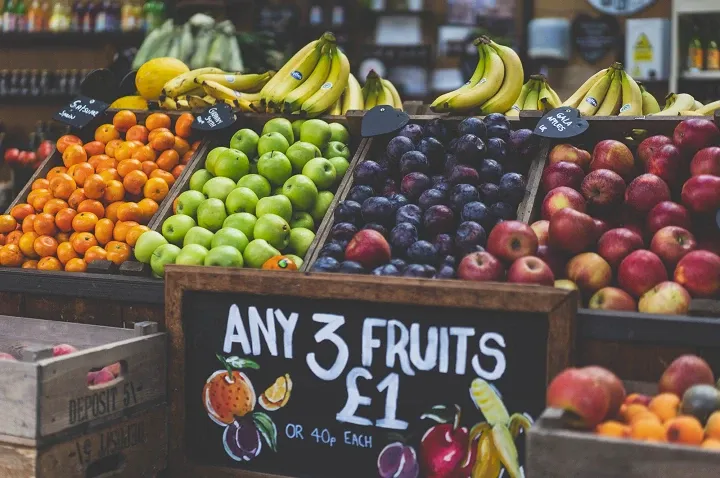Which Online Ad Mix For My Marketing Campaign?
The mix of Facebook, Instagram, and Google ads for your online marketing campaign depends on your target audience, campaign objectives, budget, and the nature of your business. Each platform offers unique benefits.

The mix of Facebook, Instagram, and Google ads for your online marketing campaign depends on your target audience, campaign objectives, budget, and the nature of your business. Each platform offers unique benefits, and a well-balanced approach can help you reach a wider audience and achieve your goals effectively. Here's a general guideline to consider:
Facebook Ads:
- Audience Engagement: Both Facebook and Instagram are owned by Facebook, so running ads on Facebook allows you to engage users across both platforms.
- Targeting: Facebook's advanced targeting options help you reach specific demographics, interests, behaviors, and even create lookalike audiences based on your existing customers.
- Ad Formats: Facebook offers a range of ad formats, including photo, video, carousel, slideshow, and collection ads.
- Campaign Objectives: Suitable for brand awareness, engagement, lead generation, and website traffic.
- Consideration Stage: Use Facebook to nurture leads and guide them through the consideration stage.
Instagram Ads:
- Visual Engagement: Instagram is highly visual and is great for showcasing products through photo and video content.
- Audience: Ideal for businesses targeting a younger demographic, particularly those interested in lifestyle, fashion, travel, and visual content.
- Ad Formats: Instagram offers similar ad formats as Facebook, focusing on visual appeal.
- Campaign Objectives: Effective for brand awareness, engagement, and showcasing products/services in an eye-catching way.
Google Ads (Search and Display):
- Search Intent: Google Search Ads capture users who are actively searching for products or services related to your business, showing high intent to convert.
- Keywords: Use relevant keywords to ensure your ads appear when users search for specific terms related to your offerings.
- Display Ads: Google Display Network (GDN) visually showcases your products to a broader audience across various websites and apps.
- Remarketing: Google Ads allows you to retarget users who have visited your website before, increasing the likelihood of conversion.
- Consideration and Decision Stages: Google Ads are effective for users further down the sales funnel.
Mix Ratio:
- Budget Allocation: Allocate budget based on your campaign goals and target audience behavior. If you're aiming for brand awareness, allocate to Facebook and Instagram. For direct conversions, allocate to Google Ads.
- Audience Overlap: Consider the overlap of your target audience on Facebook and Instagram. If there's significant overlap, you might adjust the ratio to focus more on one platform.
- Testing and Optimization: Start with a balanced approach and adjust based on performance. Run A/B tests to determine which platform and ad types yield the best results.
Scenario Examples:
- Balanced Approach: 30% Facebook, 30% Instagram, 40% Google (Search and Display).
- Visual-Centric Campaign: 50% Instagram, 30% Facebook, 20% Google Display for wider reach.
- E-commerce Focus: 60% Google Search, 25% Facebook, 15% Instagram for product discovery and engagement.
Remember to regularly analyze campaign performance on all platforms and adapt your strategy based on data insights. The optimal mix may vary based on your industry, target audience, and specific campaign objectives.





